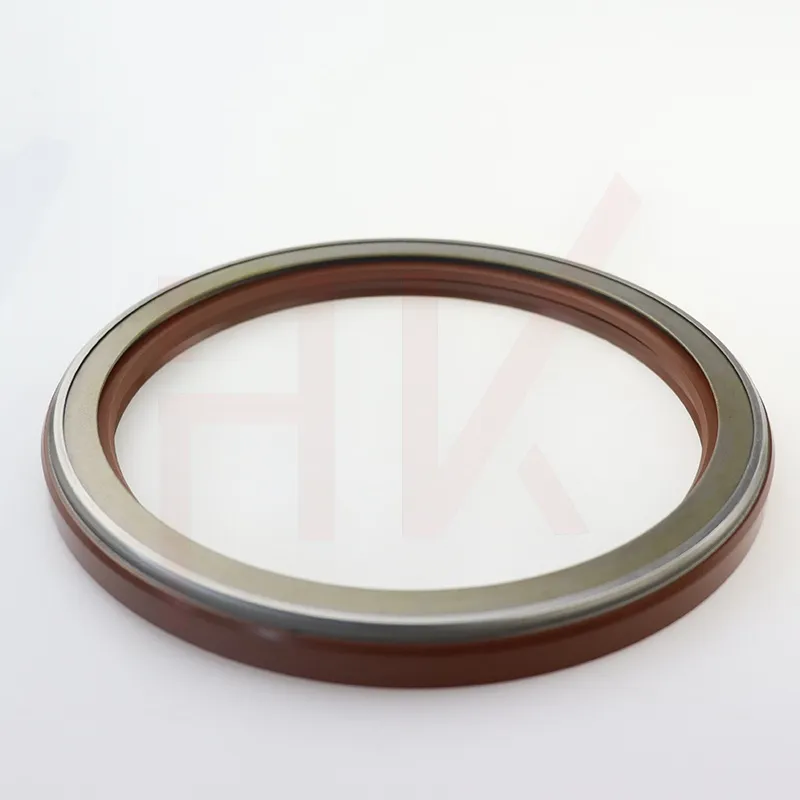Novemba . 06, 2024 01:53 Back to list
Selecting the Right Oil Seal for Your Rotating Shaft Applications
Understanding Oil Seals for Rotating Shafts
Oil seals, also known as shaft seals or rotary seals, play a crucial role in the functioning of rotating machinery. They are designed to retain lubricants, prevent contamination from external elements, and ensure the effective operation of rotating shafts. Here, we will explore the importance, types, construction, and common applications of oil seals for rotating shafts.
Importance of Oil Seals
In machinery where rotating shafts are present, such as motors, pumps, and gearboxes, oil seals serve multiple essential purposes. First and foremost, they help maintain the integrity of the lubricating oil within the system. Proper lubrication is vital for minimizing friction and wear on moving parts, leading to improved efficiency and longevity of the equipment.
Additionally, oil seals act as barriers to prevent dirt, water, and other contaminants from entering the machinery. Contaminated lubricants can lead to increased wear, overheating, and ultimately catastrophic failure of the equipment. Therefore, the effective sealing of the lubrication system is critical for maintaining operational efficiency and reliability.
Types of Oil Seals
Oil seals come in various designs and materials, each suited for specific applications. Here are some common types
1. Rubber Oil Seals Most common in various applications, rubber oil seals are known for their flexibility and ability to conform to different shaft sizes. They are often made from neoprene, Nitrile (Buna-N), or silicone rubbers, which provide good resistance to oil and temperature variations.
2. Mechanical Seals Typically used in high-pressure applications, mechanical seals consist of two flat surfaces that slide against each other. They provide a strong sealing capability and are suitable for demanding environments.
3. Lip Seals These seals have a lip that contacts the rotating surface of the shaft, creating a tight seal. They are particularly effective at retaining oil while keeping dirt and moisture out.
4. PTFE Seals Polytetrafluoroethylene (PTFE) seals provide excellent chemical resistance and can operate under extreme temperatures. This makes them suitable for applications involving harsh chemicals and high heat.
5. V-Ring Seals V-ring seals are unique in that they can be mounted directly onto the shaft and seal against a stationary counterface. This design provides effective sealing in axial and radial directions.
Construction of Oil Seals
oil seal for rotating shaft

The construction of an oil seal typically consists of several elements
1. Seal Body The primary structure which holds the other components. This body provides the housing for the sealing lip.
2. Sealing Lip This is the part of the seal that contacts the rotating shaft. It is designed to create a tight seal and can be molded in various profiles to optimize performance.
3. Spring Many oil seals include a metal coil spring that exerts a constant force on the sealing lip, ensuring optimal contact against the rotating shaft, regardless of any slight variances in shaft diameter.
4. Cover This shields the internal components from dust, debris, and environmental influences.
Applications
Oil seals are utilized in a wide range of applications across different industries. Some common applications include
- Automotive In vehicles, oil seals are found in engines, transmissions, and differential systems to prevent oil leakage and maintain lubrication.
- Industrial Machinery Oil seals are widely used in gearboxes and hydraulic systems, where they protect against leaks and contamination while ensuring efficient operation.
- Aerospace In the aerospace sector, oil seals are employed in engines and landing gear systems, where reliability and performance are paramount.
- Agricultural Equipment Tractors and other agricultural machinery rely on oil seals to prevent oil loss and ensure smooth operation in challenging environments.
Conclusion
Oil seals for rotating shafts are indispensable components in a broad range of mechanical systems. Their ability to contain lubricants while preventing external contaminants is essential for the durability and efficiency of machinery. Understanding the types, construction, and applications of oil seals can help in selecting the right seal for specific needs, leading to enhanced performance and reduced maintenance costs in industrial and automotive applications. Choosing the right oil seal and ensuring proper installation can significantly contribute to the longevity of rotating machinery.
-
The Trans-formative Journey of Wheel Hub Oil Seals
NewsJun.06,2025
-
Graphene-Enhanced Oil Seals: Revolutionizing High-Pressure Oil Sealing
NewsJun.06,2025
-
Future of Hydraulic Sealing: Advanced Intelligent TCN Oil Seals
NewsJun.06,2025
-
Don’t Let a Broken TCV Oil Seal Ruin Your Day
NewsJun.06,2025
-
Bio-Inspired Dust Seals for Better Sealing Performance
NewsJun.06,2025
-
Biodegradable and Sustainable Hydraulic Seal Materials
NewsJun.06,2025
-
Top Oil Seal Solutions for Your Industrial Needs
NewsMay.22,2025
Products categories
















